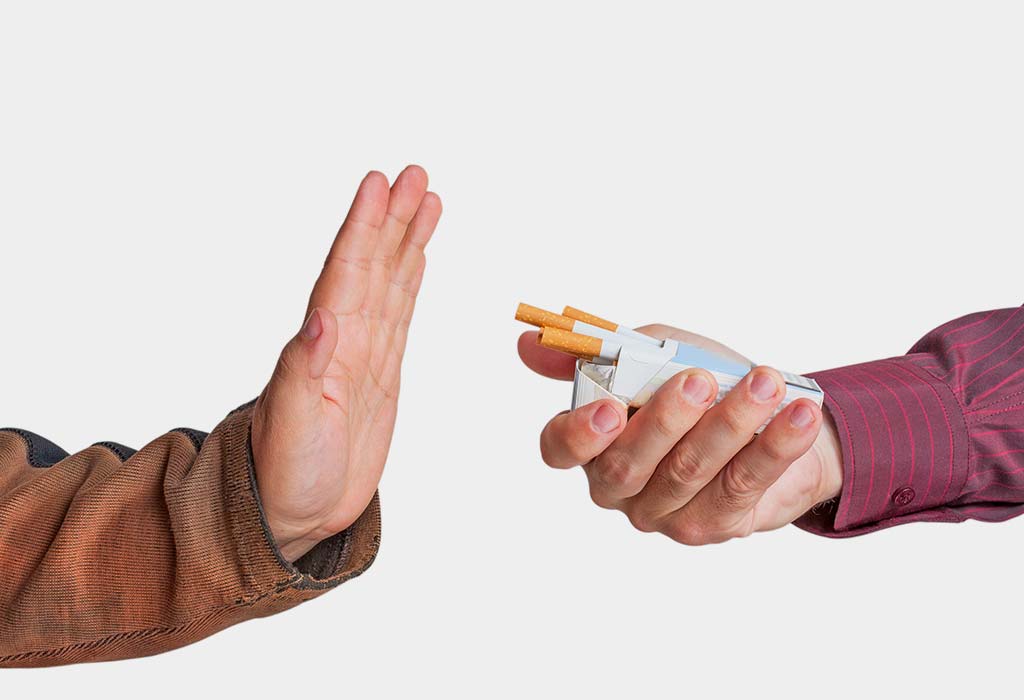One of the prominent questions about What is dialysis (ล้าง ไต กับ ฟอก ไต เหมือน กัน ไหม, which is the term in Thai)? Healthy kidneys do many of the same functions that dialysis does. Dialysis is required when your kidneys can no longer meet your body’s needs.
When Is Dialysis Required?
End-stage renal failure necessitates dialysis, which is often required when the GFR drops below 15, and the kidneys have lost 85% to 90% of their function.
Why Does Dialysis Take Place?
Dialysis keeps your body in equilibrium when your kidneys fail by:
- To avoid the build-up of waste, salt, and extra water within the body
- Maintaining healthy blood levels of potassium, sodium, and bicarbonate (a base ion)
Is Renal Failure A Lifelong Condition?
Most of the time. Several types of acute kidney failure, or acute renal failure, can be treated and recovered. Dialysis may only be necessary for a brief period in some situations of acute renal failure.
For those with end-stage kidney failure, dialysis is required for the rest of their lives. If your doctor determines that you qualify, you can sign up for a kidney transplant waiting list.
Where Is Dialysis Carried Out?
It is possible to get dialysis in one of these settings or at home if the patient prefers. With the help of your doctor, you and your family will decide which location is best for you.
Is There A Variety Of Dialysis Treatments?
Haemodialysis and peritoneal dialysis are the two primary forms of dialysis.
What Is Haemodialysis?
An artificial kidney (hemodialyzer) eliminates waste and excess fluid from your blood during haemodialysis treatment. The doctor must create an entry into your blood vessels to get your blood into the prosthetic kidney. Minor surgery is required to perform this procedure.
A fistula is a blood vessel that connects an artery to a vein beneath the skin.
The doctor may employ an elastic tube to connect an artery and vein beneath the skin as an alternative to a fistula. In medical jargon, a graft is what you’re doing here.
Sometimes, a catheter is put into a big vein in your neck to access a smaller vein. This form of access can be temporary or long-term, depending on the circumstances.
Conclusion
Now you know what is dialysis? After getting acclimated to dialysis, many people can return to work. The physical demands of your current employment may necessitate a change of career path.





